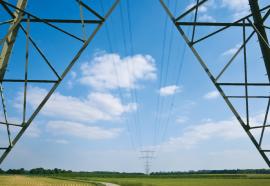Tomorrow's T&D
The most economical energy savings might be found in grid efficiency.
Power delivery efficiency gains constitute a valuable utility asset that can offset or defer new generation and T&D investments. Enabling technologies, utility demonstration projects and supporting regulatory frameworks are needed to validate potential savings.










